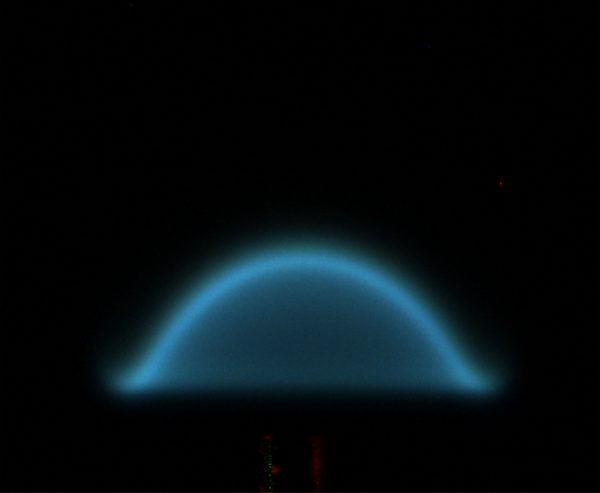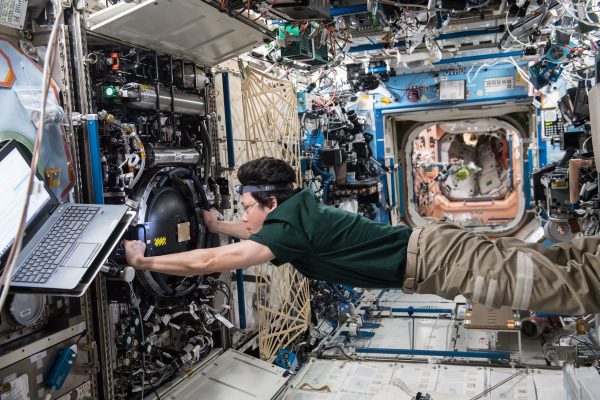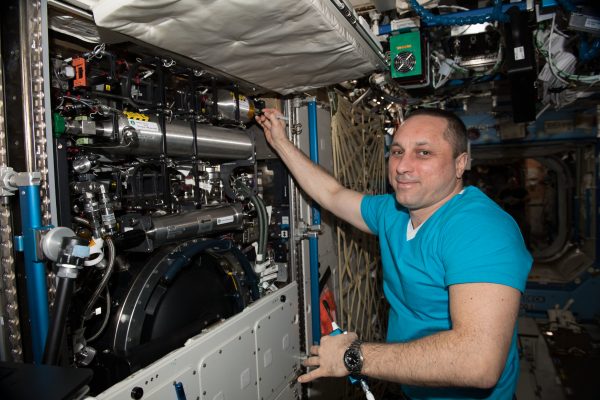Electric-Field Effects on Laminar Diffusion Flames (E-FIELD Flames)
Electric fields can strongly influence flames because of its effect on the ions present as a result of the combustion reactions. The direct ion transport and the induced ion wind can modify the flame shape, alter the soot or flammability limits, direct heat transfer, and reduce pollutant emission. The purpose of the Electric-Field Effects on Laminar Diffusion Flames (E-FIELD Flames) experiment is to gain an improved understanding of flame ion production and investigate how the ions can be used to control non-premixed flames. Outside reviewers recently concluded that the experiment “… will contribute to our critical understanding to our knowledge of combustion processes in the presence of electric fields.” The experiment will be conducted with a normal coflow flame (as in the CLD Flame experiment) or perhaps with a simple gas-jet flame, where there is no surrounding coflow. An electric field will be generated by creating a high voltage (up to 10 kV) differential between the burner and a flat circular mesh suspended above (i.e., downstream of) the burner. Measurements, as a function of field strength and fuel dilution, will be made of the ion current through the flame and the flame’s response time to electric forcing.
International Space Station Ops Images




